Wine
Crafting High Quality Wines: Harvest Season
September 19, 2023

It’s that time of the year again where the sun-drenched days of summer give way to the crisp embrace of autumn. For the wine industry, this means it’s harvest season, and the promise of new wine is just around the corner. The smell of fermentation and yeast fill the air for miles as all hands are on deck during this exciting, and sometimes grueling process. So what exactly is harvest and what does it entail?
Grape Varietals Ripen at Different Rates
Different grape varieties will ripen at different rates, so not all grapes will be ready to pick at the same time, even in the same location. Clones of certain varieties might be ready to pick earlier than others because different clones will have different thickness in skins and the grape size can vary depending on the clone. For example, Clone 114 for Pinot Noir is known for early ripening, while Clone 777 is more popular due to the darkness of coloring and rounded tannin.
Location also plays a large part in ripeness level. If some grapes get more sunlight, they might be ready to pick before the grapes that are getting less sunlight. Let’s explore Flâneur, a winery with two different vineyard sites in Willamette Valley—both planted at different elevations and facing different directions, exposing the grapes to two very distinct microclimates. Their Flanerie vineyard faces due east to give the vines morning sun, while they’re shielded from afternoon rays. Sitting at 250-350 ft., this vineyard’s warmer microclimate allows the grapes to ripen earlier than the grapes from their LaBelle Promenade site, which is situated on an exposed hilltop at a rocky 820 ft. elevation—and with that elevation comes a cooler microclimate. Across the diverse 36 acres of volcanic Jory and Nekia soils, the sun shines down from varying directions, uniquely ripening each block of vines at different rates depending on the direction they’re planted. Blocks that are east facing ripen slower because they get morning sun exposure, whereas blocks that are south facing receive warmer sun rays in the afternoon, ripening the grapes more quickly.
Winemakers also might desire a different level of ripeness for some of their wines versus others. There’s no standard or “correct” way to harvest grapes—this is where art meets science. Winemakers have spent years honing their craft, and they know the right moment to pick the grapes based on the wine they’re making.
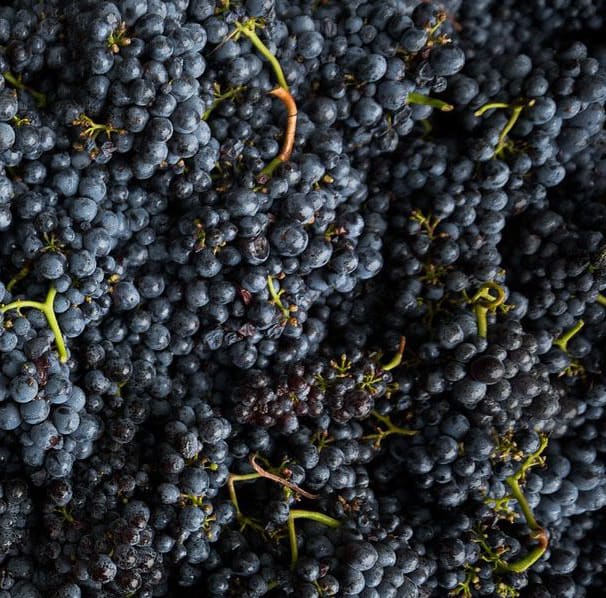
When we talk about harvest season, we tend to steer clear of specifying exact dates. Harvest time is very fluid (pun intended) and determined by many factors, including weather patterns (current and forecasted), and ripeness level of the grapes. That ripeness level—measured in brix or sugar content—directly correlates to the alcohol content of the wine.
Weather is another major factor across all aspects of wine, from harvest to shipping, greatly impacting when harvest happens. While in the United States the harvest season is Mid-August to mid-November, in Australia the harvest season is Mid-February to April. (Did you know? Wine generally grows between 30- and 50-degrees latitude on either side of the equator. Oregon is on the 45th latitude line—considered the “magical line” as it’s situated in the middle of the equator and north pole, making it a sweet spot for some of the best vineyards in the northern hemisphere.) It's important to note that while harvest seasons take place around the same time annually, the timing and success of each harvest can be influenced by various factors, including weather patterns, rainfall, temperature fluctuations, and disease pressures.
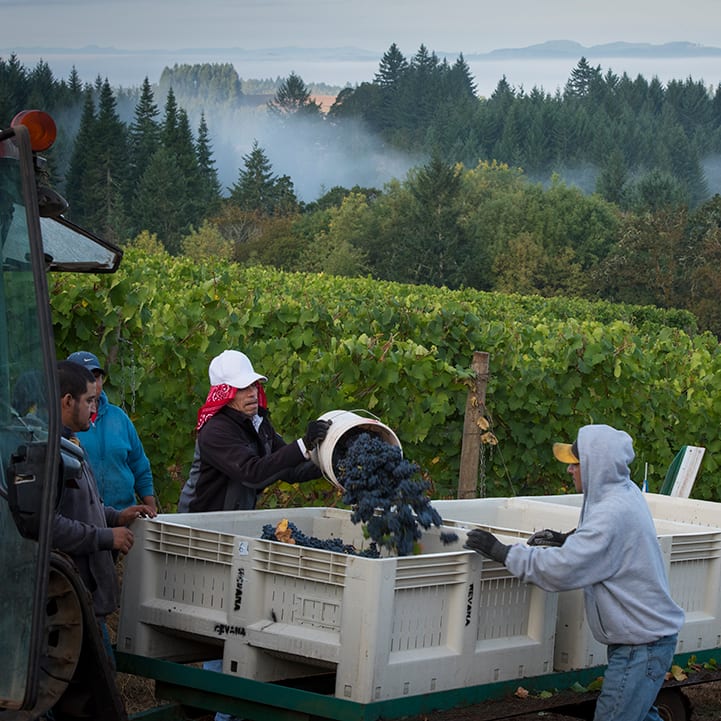
The Vintage
The term “Vintage” refers to the year the grapes were harvested. There are plenty of wineries throughout the world who age their wines to perfection, releasing some wines several years (sometimes even decades) after the grapes are picked. Not all wines are Vintage dated, however. Some wines are blends of several years, with this practice originating in Champagne, France. When years are inconsistent due to weather, winemakers may blend years to maintain a similar profile and consistency for their wines. Opolo’s NV sparkling wine is a great example, with consistent notes of peach and apple.
A look into the process
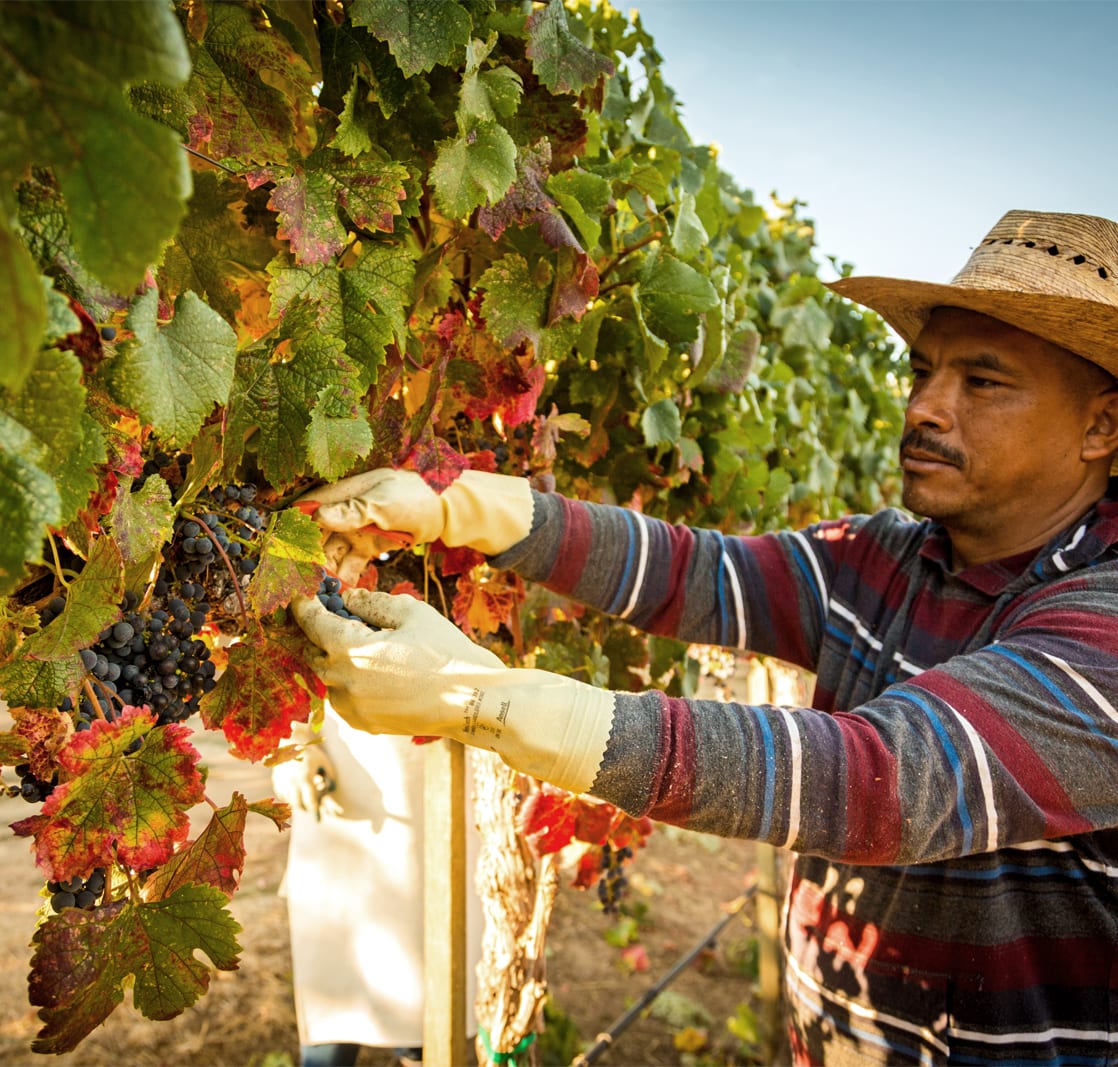
Picking the Fruit
It’s no accident that vines are densely planted, or planted on steep hills. Every decision that’s made on a vineyard is made with purpose—to account for sunlight requirements, varietal-specific water retention, soil composition, the exact ripeness a winemaker looks for—all so you can drink exactly the wine they intend to produce.
The first step in harvest is gathering your pick crew and/or machinery. In hand-harvesting, your pick crew needs to carefully use shears to nip the bunches of grapes from their vines. These vineyard workers can sort in the fields and leave behind clusters that don’t look up to standard (called ‘field-sorting’), or the fruit can be picked and sorted on the sorting line at the winery to ensure only the most pristine clusters make it into the finished product.
There are many reasons why a winery would rely on hand-harvesting—cost of machinery, extremely steep vineyards, densely planted vines, and to prevent the grape skins from splitting. Bell Wine Cellars hand-harvests nearly all of their wines, including the 2018 Cabernet Sauvignon from three different AVAs: Atlas Peak, Howell Mountain, and Rutherford. Some wineries like Alta Orsa and Sleight of Hand rely on hand-harvesting because their vines are either on such steep hills or are so densely planted that machinery simply can’t reach them. This is especially true for older vineyards planted before modern technology, where rows were mapped based on the width a horse could comfortably fit through.
However, wineries don’t just hand-harvest for the bottom line—it’s also frequently about their overall philosophy, the winery's ethos, and their approach to winemaking. Said another way, it’s about blending tradition with innovation. More traditionally focused wineries will have a much more hands on approach to crafting their wines, producing a more rustic terroir driven style of wines. On the other hand, wineries that use the latest technology, science, machinery will be more precise and focused, picking clusters with exacting detail at a particular ripeness, perfectly balancing alcohol and acidity.
It’s not a bad thing for grapes to be harvested using machinery. Machines can be driven up the rows of vines, shaking the plants and then gathering the grapes that fall off the vine. The fruit is then collected in large bins and transported to the winery for the next stage. In some cases, super narrow pick machines are used for these smaller vineyards, where the machines loop over the vines to pick two rows at once.
Limited-production wineries aren’t limited to specific harvesting methods—they choose their harvest methods based on the particular wine they’re producing (if you missed our spotlight on independent wineries, read Part 1 of the series here).
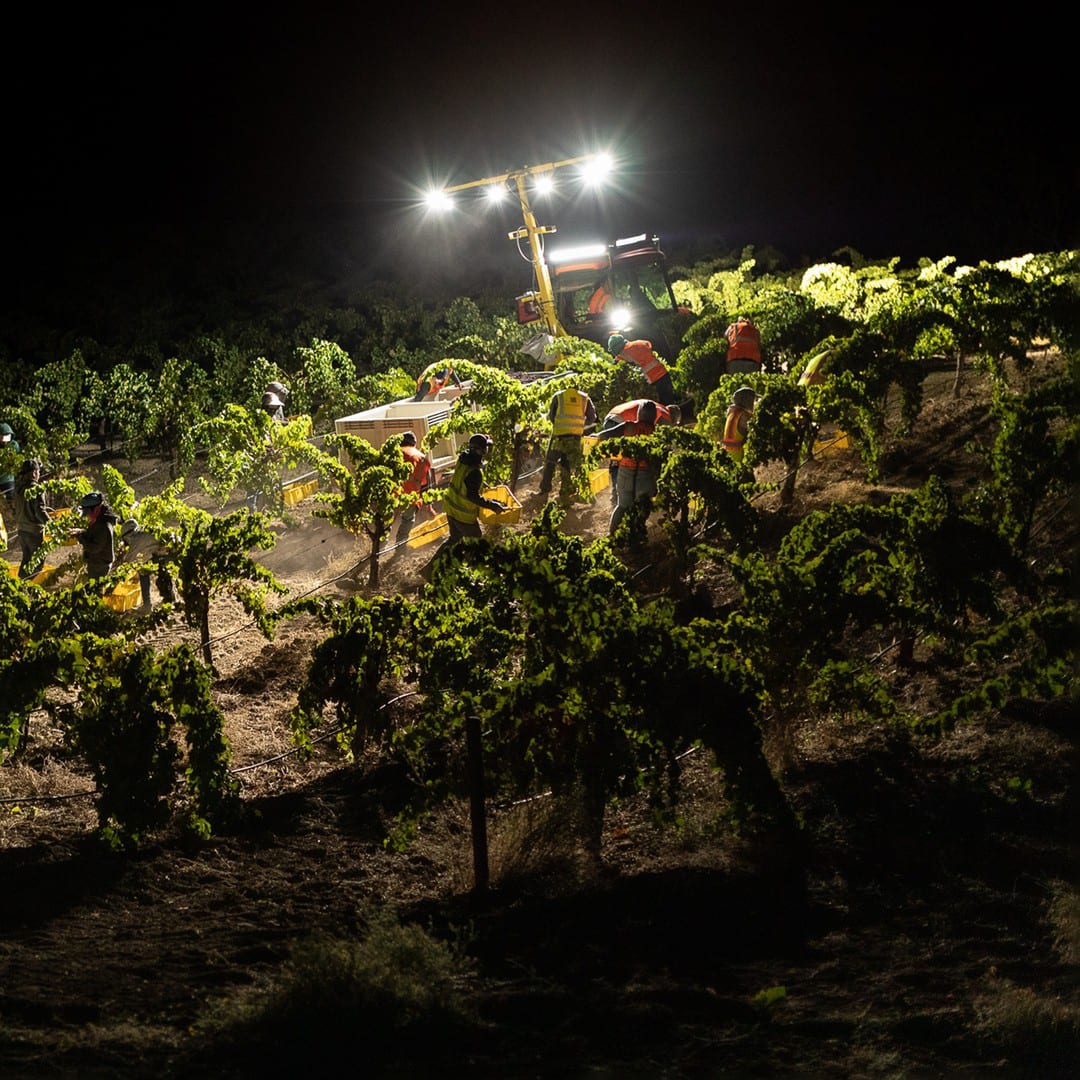
“One of the perceptions potentially of people thinking about small family wineries is that we don't use sophisticated techniques. And I can't tell you that that's not any farther from the truth”, explains Barry Waitte, Tamber Bey’s founder and vintner.
Tamber Bey uses an optical sorter, using AI to take a picture of every grape and analyze it for size, color, and mog (Matter Other than Grape). Not only does it help their field workers be more refreshed and stay alert, it gives them a life outside the winery during the long, tough days during harvest.
“This has done a number of things for our winery. It's elevated our quality. But one of the big things it's done, too, is it goes about two and a half times faster than our older process”, Barry continues. “This optical sorter is probably one of the greatest innovations for our wine industry. And many of the small family wineries, including ourselves, take advantage of that technology.” Now that’s using AI for good...wine.
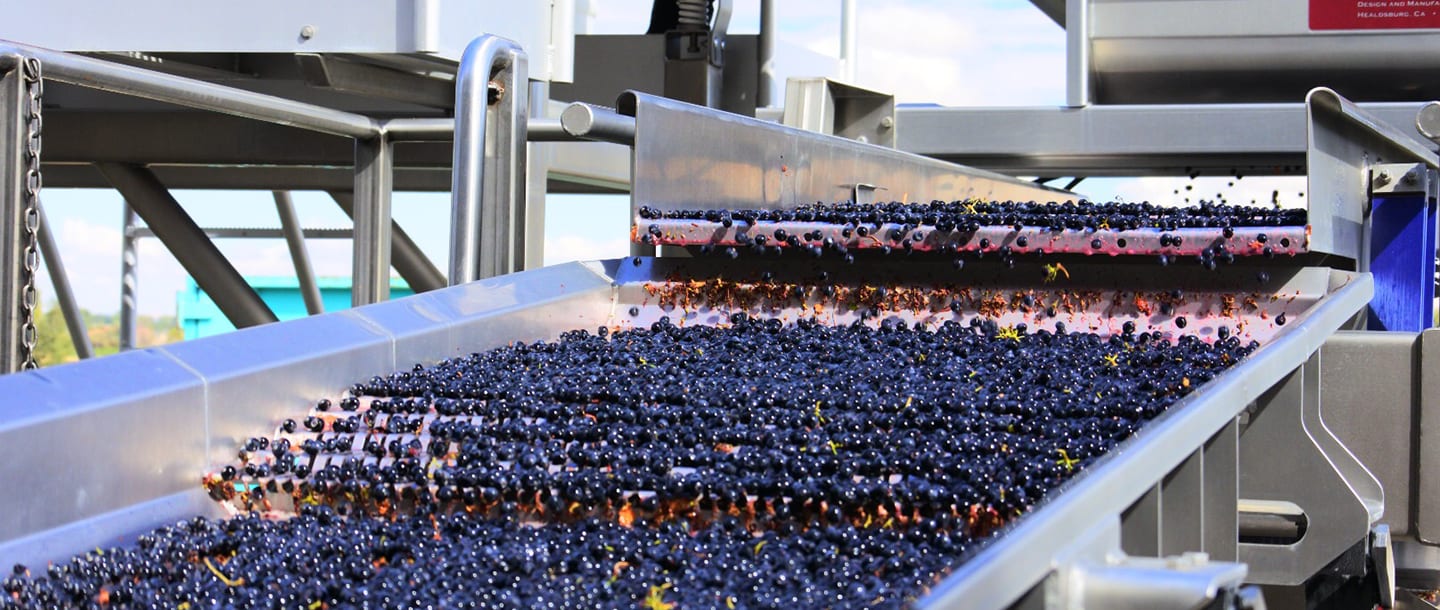
Sorting
The next stage of harvest is picking out the debris, stems, leaves, bugs, etc. that find their way into the bins of grapes. This process is labor intensive, although some newer technology can help wineries with the sorting process. Some wineries will sort in the vineyard while others choose to sort on the sorting line at the production facility. While this stage sounds simple enough, it is very time consuming. The wineries also need to be careful not to spend too much time sorting the grapes or they’ll need to actively prevent spontaneous fermentations from occurring.
The cornerstone of quality wine are the grapes that end up in the press. Sorting is an incredibly important step to ensuring the final product is as perfect as possible.
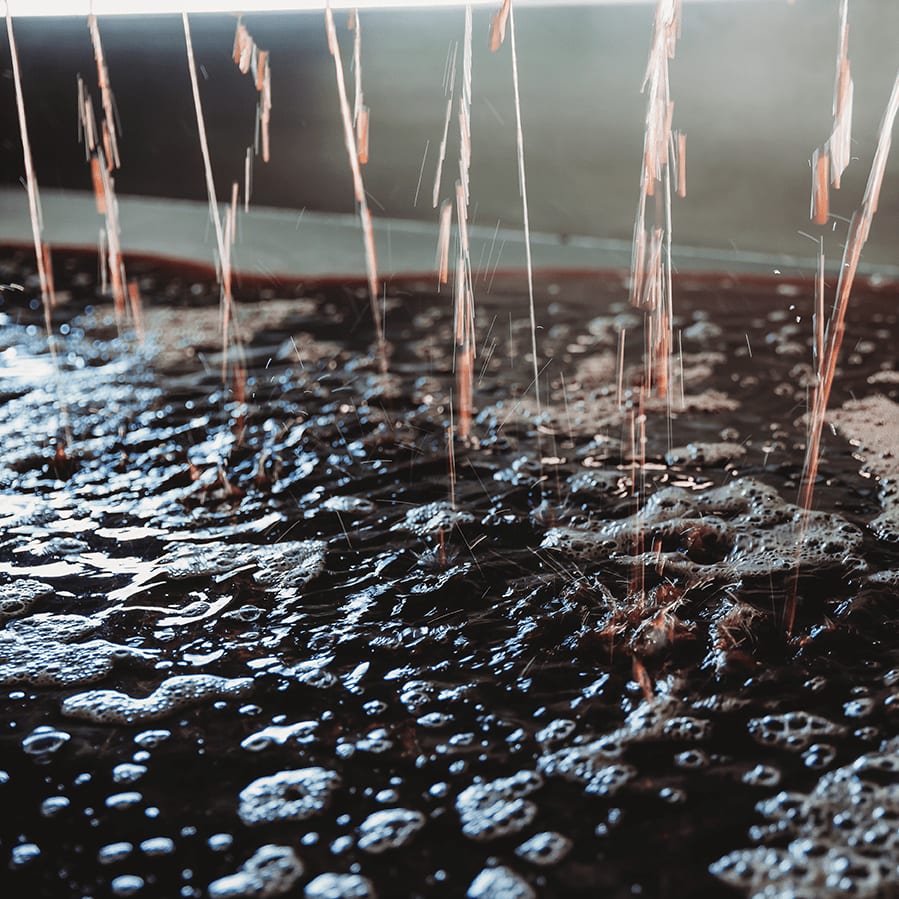
Pressing the grapes
After all the grapes have been picked and sorted, the wineries press the grapes to collect the juices from inside of the fruit. There are multiple ways of doing this, but the general idea is the same. If you’re a fan of “I Love Lucy”, you’ve seen the foot-stomping method, called pigéage. This gentle pressure will crack open the grapes without releasing the bitterness of the seeds or stems that more pressure could extract.
Though this method is rare, some modern wineries still put it into practice today. DANIEL is one of those rare cases who uses the pigéage method for their 2021 Vernaccia, staying true to the old world method of crafting Vernaccia—an old-school wine made in old-school fashion.
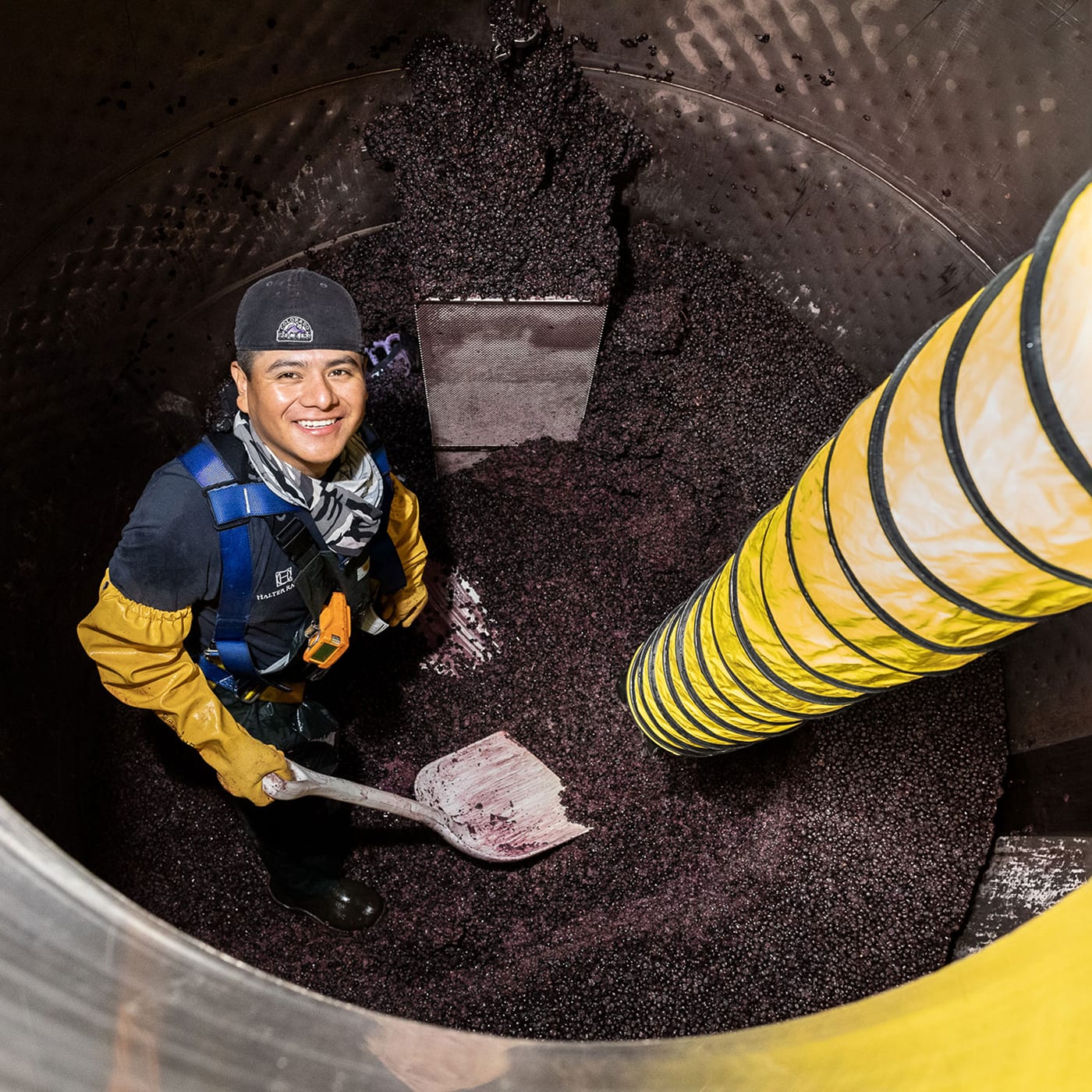
While there are the more traditional methods of pressing, the majority of modern wineries use machine presses. Basket or bladder presses are some of the most popular these days because of how gentle they are on the grapes, ensuring bitterness is not introduced to the juice.
Now a little bit about science: some wineries will even allow fermentation to take place prior to squishing the fruit, a process called Carbonic Maceration, which can lead to a softer tannin structure in the wine. With less skin to juice contact, a wine like Tinto Amorio’s Jajaja Glou Glou Red uses Carbonic Maceration and sur lie aging (the finished wine sits on the lees, or dead yeast cells, to bring an even deeper complexity to the wine). Carbon Maceration, combined with sur lie aging, gives this wine juicy berry flavors and a cashmere mouthfeel.
No matter what the winery chooses to do, the reasoning behind all of these techniques is similar: to prepare the juice for final fermentation.
Maceration
After the grapes are picked and the grapes have been pressed, the juice is put through maceration time. This is essentially the time the juice is left in contact with the skins (and possibly stems which is called whole-cluster fermentation). Try Flaneur’s 2019 Cuvée Constantin Pinot Noir, which uses partial whole-cluster fermentation—approximately 20%. During this process, the color, tannin, and flavor is absorbed into the juice from the grape skins. Something many people don’t realize is that the grape juice, no matter the color of the grape, comes out clear during the pressing process. This step is how we differentiate red wines from white wines, and all colors in between.
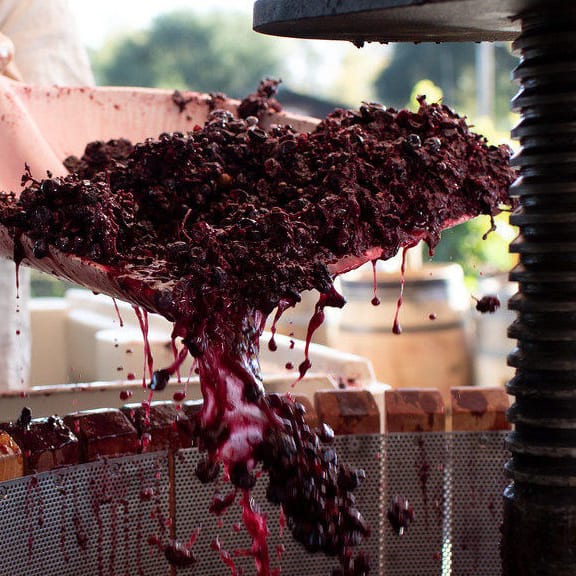
You might be thinking, but what about orange wines? Definitely not made from oranges, orange wine is a white wine made the way red wine is made—with more time spent in contact with skins. On the other hand, if the grapes are red, the anthocyanins (deep red, purple, and blue pigments) will be absorbed. How dark in color the juice can get is normally directly related to how much time the skins are left with the liquid. Time in maceration varies and is really up to the winemaker to decide. Longer times can extract more tannin, color, and flavor. Shorter times can add a pink hue to our rosé wines, or a lighter amount of tannin for lighter wines.
Once the ideal maceration time has been implemented, the skins are removed prior to the next step at the winery or production facility.
Fermentation
Fermentation is next—It’s been a long journey, and we’re getting close to the end of the winemaking process. Fermentation happens when yeast, found either in nature (wild-fermentation) or added in (inoculated), comes in contact with the juice. Yet another decision for the winemaker, inoculated yeast provides more control over the fermentation process, while natural yeast yields spontaneous fermentation, allowing the wine to determine its character as opposed to more winemaker influence. The yeast feeds off the sugars in the grape juice, and in turn creates a few byproducts: alcohol, heat (temperature, not spice), and carbon dioxide. Carbon dioxide is great if the winemaker is creating a sparkling wine, but otherwise, is normally left to dissipate.
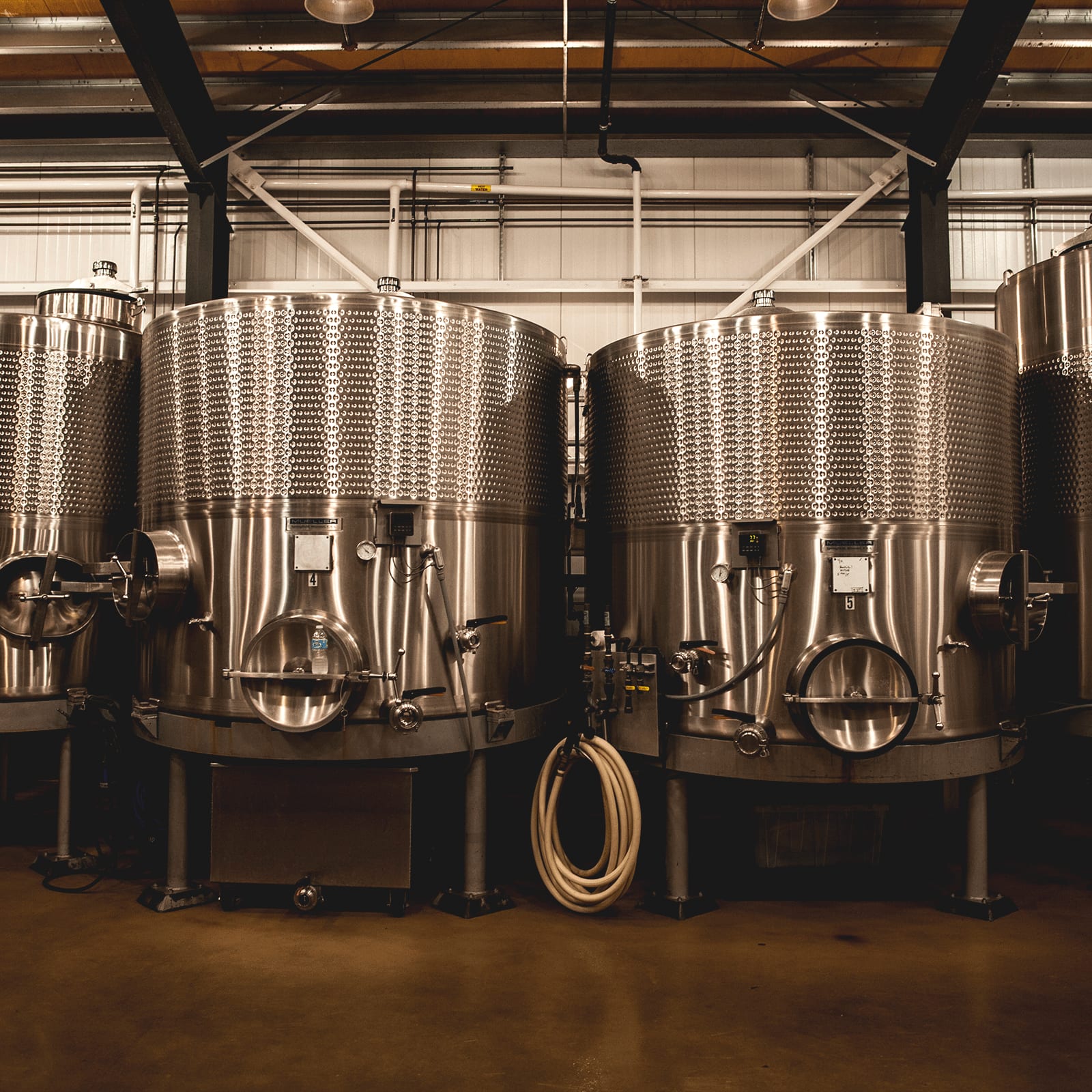
Ideal temperature control in the fermentation environment is paramount. If temperature isn’t managed correctly during the fermentation process, it can ruin the delicate aromatics of some wines. This is why a lot of wineries have large fermentation tanks—they’re typically temperature controlled so the winemaker can keep their wine and the environment at a lower temperature during fermentation. Many wineries and cellars are also built below ground level to keep the temperature steady in the winemaking facility. Lower temperature fermentations have been linked to softer or more delicate aromatics and structure, while a warmer fermentation can result in a bolder structure and color.
From vine to barrel
Harvest is an exciting time of year, often filled with sleepless nights, but the end result is all worth it. We recommend trying a few wines with different harvesting, pressing, and maceration methods to taste the difference, and to understand how and why the winemaker made the decisions they did.